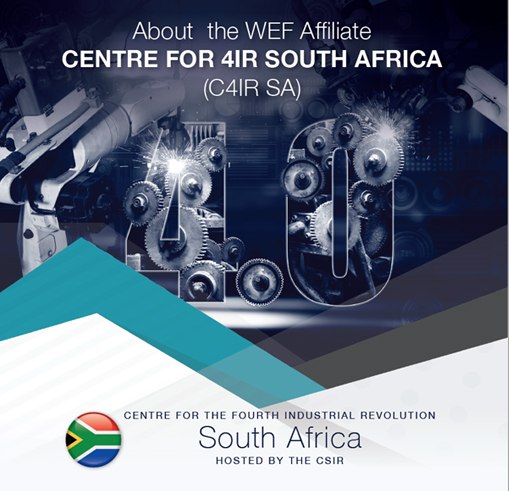Advanced Search
Search Results
Nearly 60% of households spent more than the policy maximum target of 10% of their income on public transport in 2019/20, up from 55% in 2014, according to the Gauteng Household Travel Survey
South Africa’s best-quality coal, located in the central Highveld basin, is depleting and alternative sources of coal need to be developed to supply the country with coal in the future.
A new Photonics Prototyping Facility (PPF) has been established to address the current lack of commercialised photonics products in South Africa by providing world-class facilities, technical suppo
CSIR and Transnet engineers are developing the first 13 units of a system that monitors the condition of Transnet’s locomotives, following the earlier successful deployment of two prototypes.
South Africa’s largest energy efficiency initiative, the SA Industrial Energy Efficiency Project, has won the highest international accolade for an energy programme – the International Energy Project of the Year – awarded by the global Association of Energy Engineers (AEE).
The award was accepted by national project manager, Alf Hartzenburg, of the National Cleaner Production Centre (NCPC-SA) at the AEE International Virtual Awards ceremony, held on Wednesday, 14 October 2020. AEE members and executives from around the world responded with enthusiastic accolades when the summary of the Industrial Energy Efficiency (IEE) Project’s achievements was read by the Chairperson of the awards committee.
The IEE Project, which has been led by the NCPC-SA and the United Nations Industrial Development Organization (UNIDO) since 2010, received the award in recognition of its efforts in transforming the energy use patterns in South African industry, and mainstreaming energy management systems across economic sectors. Since its first implementation projects in 2011, the IEE Project team has assisted industrial companies to save 6.5 TWh of energy, translating to cumulative cost savings of R5.3 billion in these companies.
The acceleration of South Africa’s energy transformation to address current economic challenges and industrialisation opportunities for the country’s economic recovery will take centre stage at the upcoming virtual Council for Scientific and Industrial Research (CSIR) 7th Biennial Conference.
The exceptional biodiversity and high endemism in South Africa is matched by the country’s high cultural diversity and its need for sustainable development.

It is our view that there is ‘a false sense of online privacy’ when users opt-in to provide their personal information in order to use free online services, which indicates a lack of online privacy understanding and awareness. As the common saying goes, "If you're not paying for something, you're not the customer; you're the product being sold".
Adverse drug reactions caused by our population being prescribed ‘one-size-fits-all’ treatment regimens are costing the South African government and private medical insurers a significant amount of

